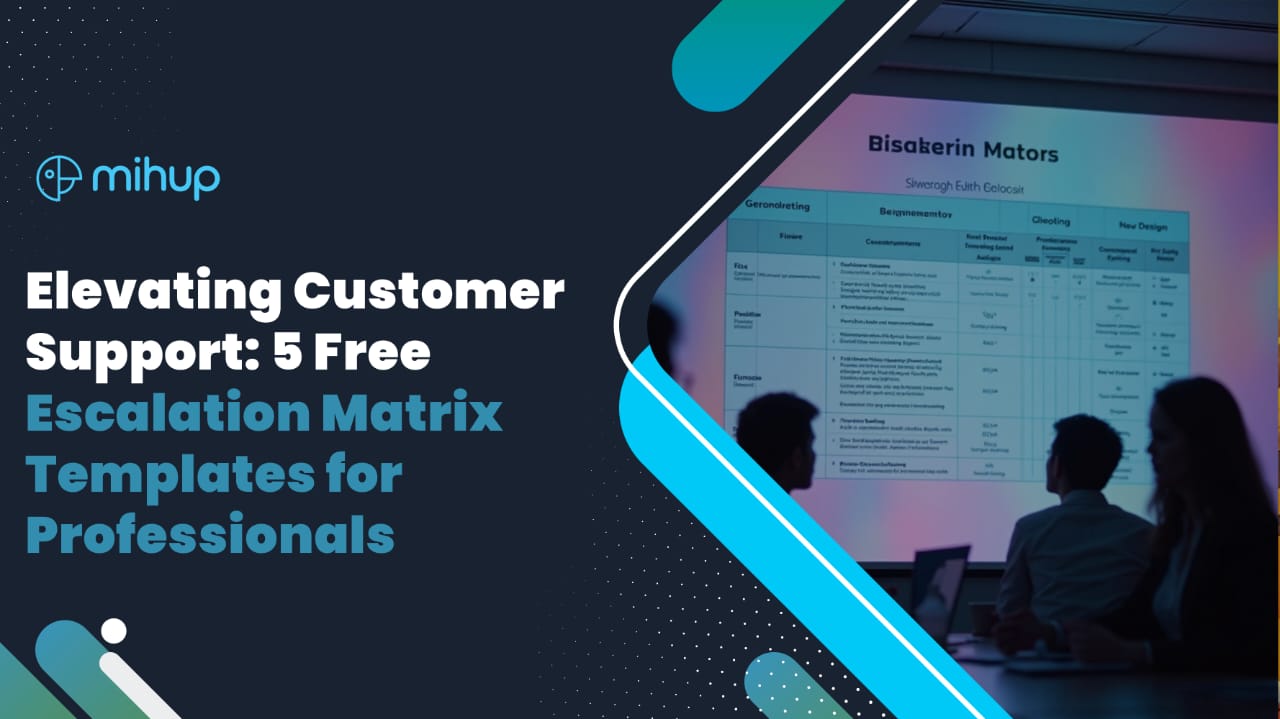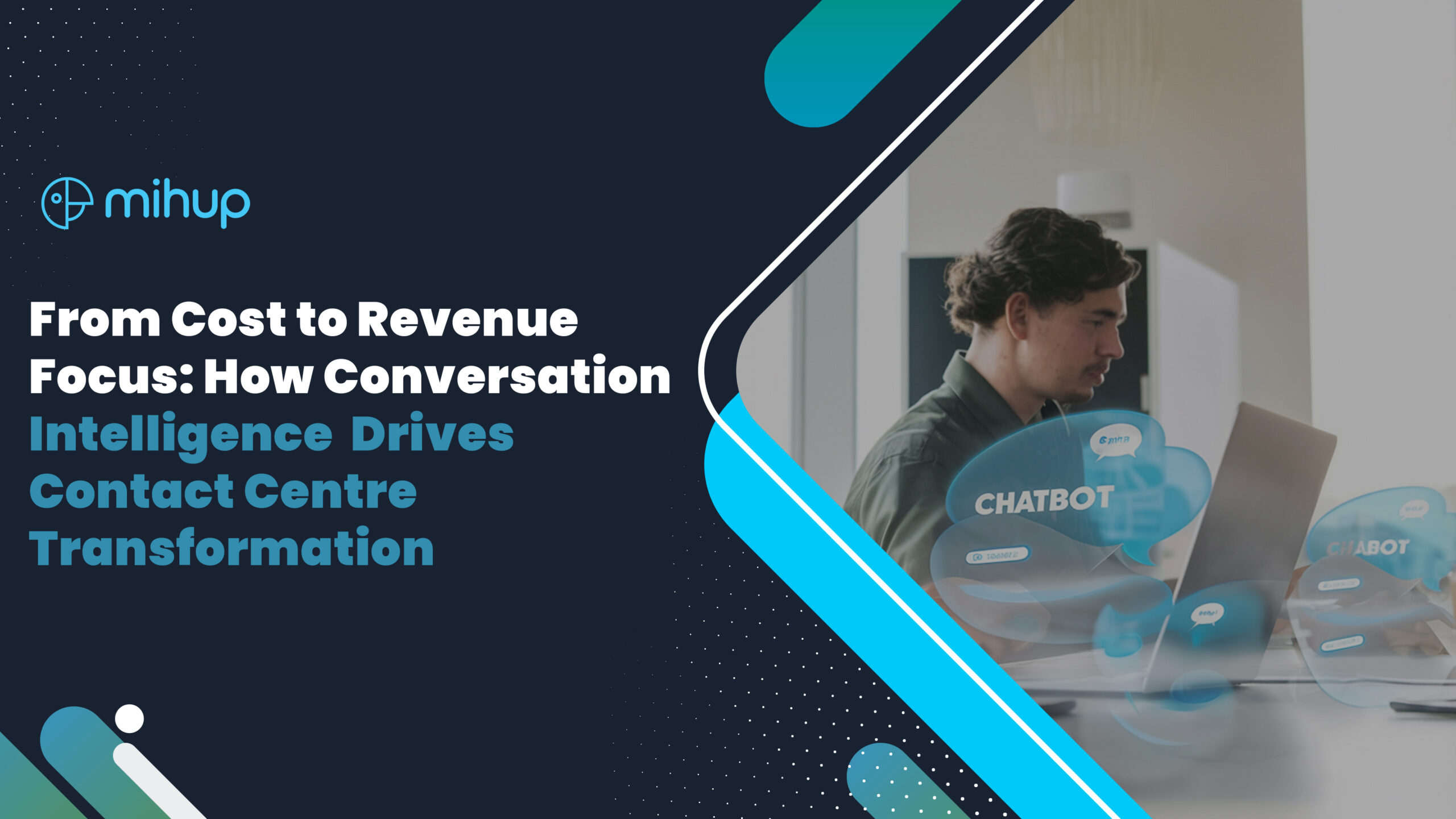Artificial Intelligence (AI) has rapidly evolved in recent years, transforming the way we interact with technology and the world around us. Two prominent branches of AI, Conversational AI, and Generative AI, have gained considerable attention for their ability to understand and generate human-like text.
Conversational AI facilitates natural human-computer interactions, enabling conversations that feel remarkably human-like. This technology is poised to revolutionize industries such as customer service, virtual assistance, and information retrieval.
In contrast, Generative AI employs advanced deep learning techniques like Generative Adversarial Networks (GANs) and Transformers to create text, images, and music that often rivals human creations. It’s reshaping content generation across fields such as writing, art, and data analysis.
Together, Conversational AI and Generative AI are reshaping our digital landscape, enhancing human-machine interactions, and influencing sectors like healthcare, finance, entertainment, and marketing. They offer unprecedented opportunities for efficiency, personalization, and creativity, rewriting the rules of engagement across industries.
Let’s take a deeper look at each of these and understand the differences between them.
Conversational AI: The Art of Interaction
Conversational AI represents a set of technologies and systems meticulously crafted to enable seamless, human-like interactions between individuals and computers. Its core objective is to emulate the nuances of human conversation, empowering machines to comprehend and respond to human inquiries and statements with a level of naturalness and fluency that is astonishing. The fundamental components that drive Conversational AI include Natural Language Processing (NLP), Machine Learning (ML), and the ubiquitous presence of chatbots.
Learn more about Conversational AI in India here.
Chatbots: The Face of Conversational AI
Chatbots stand as perhaps the most recognizable embodiment of Conversational AI. These AI-driven entities are tailored to engage in conversations, whether through text or voice, with users. They serve as versatile tools with applications spanning multiple domains:
- Customer Support: Chatbots are deployed extensively in customer service, providing swift and personalized responses to user inquiries. This not only reduces response times but also enhances overall user satisfaction.
- Virtual Assistants: Virtually ubiquitous examples like Siri and Alexa rely on Conversational AI to assist users in tasks ranging from setting reminders and answering queries to managing smart devices. They have become indispensable virtual companions, seamlessly integrated into our daily lives.
Personalized Customer Support
Conversational AI finds a pivotal role in the realm of customer service. By leveraging NLP and ML, it can deliver efficient, tailor-made responses to customer queries. This not only reduces the burden on human customer support agents but also allows for faster issue resolution. The ability to handle routine and repetitive queries empowers human agents to focus their expertise on more complex and nuanced customer issues.
Read more about how Conversational AI is changing the Customer Support Landscape here.
Virtual Assistants: Siri, Alexa, and Beyond
Virtual assistants like Siri and Alexa, which have become household names, are powered by the underlying principles of Conversational AI. They offer users a diverse range of services, from answering general knowledge questions to managing smart home devices and scheduling appointments. These virtual companions exemplify how Conversational AI has seamlessly integrated into our daily lives, enhancing convenience and efficiency.
Generative AI: Crafting Creativity Through Machines
Generative AI, in stark contrast to Conversational AI, is all about nurturing the realm of creative content generation. This facet of artificial intelligence leverages cutting-edge deep learning techniques, with prominent models such as Generative Adversarial Networks (GANs) and Transformers at its core. The ultimate aim is to craft text, images, and even music that often reaches a level of sophistication that makes it nearly indistinguishable from content produced by human creators. Below, we embark on a journey to uncover the defining characteristics and far-reaching applications of Generative AI:
Natural Language Generation (NLG)
Within Generative AI, there exists a specialized subset known as Natural Language Generation (NLG). NLG’s primary focus revolves around the art of crafting human-like text. It stands as a potent tool for various content-related tasks, including content generation, summarization, and even storytelling. Its applications are multifaceted:
- Journalism: NLG is becoming an indispensable asset in journalism, automating the generation of news reports and data-driven articles with remarkable speed and accuracy.
- Content Marketing: In the realm of content marketing, NLG generates marketing copy, product descriptions, and personalized recommendations, enhancing customer engagement and driving sales.
- Data Analytics: NLG extends its prowess to data analytics by transforming complex datasets into comprehensible narratives, facilitating data-driven decision-making.
- Image and Video Synthesis: Generative AI extends its creative reach to the visual domain. It can conjure realistic images and videos, dabble in artistic creation, generate synthetic data for research purposes, and even bring about a paradigm shift in the entertainment industry.
Generative AI stands as a testament to the remarkable capabilities of AI-driven creativity. It encompasses text, images, and music generation, revolutionizing content creation, data analysis, and the artistic landscape. Its ability to craft content that is often indistinguishable from human creation promises exciting advancements across diverse industries and creative endeavors.
The Key Differences Between Conversational AI and Generative AI
Now that we’ve ventured deep into the realms of Conversational AI and Generative AI, it’s time to distill the critical distinctions that set these two branches of artificial intelligence apart:
Purpose
Conversational AI: At its core, Conversational AI is primarily engineered to facilitate interactions and communication between humans and machines. Its central goal is to enable seamless and human-like conversations between users and automated systems.
Generative AI: In stark contrast, Generative AI is driven by a different purpose—it revolves around creative content generation. Its primary aim is to craft content that can be text, images, or other forms of data, often without the direct involvement of human users in the generation process.
Technology
Conversational AI: Conversational AI relies extensively on Natural Language Processing (NLP), Machine Learning (ML), and specialized chatbot technologies. These components work harmoniously to enable understanding and responses to natural language input, ensuring fluid interactions.
Generative AI: Generative AI leverages cutting-edge deep learning techniques, including Generative Adversarial Networks (GANs) and Transformers. These advanced models are instrumental in the creation of content that mimics human-like quality, whether it’s generating text, images, or other data forms.
Applications
Conversational AI: Conversational AI finds widespread use in industries such as customer service, where it enhances user experiences through chatbots, virtual assistants, and automated customer support. It serves as a valuable tool for improving interaction and communication.
Generative AI: Generative AI’s applications span creative fields such as content creation, artistic endeavors, and scientific research. It’s a versatile force in generating art, literature, and even contributing to data-driven scientific insights.
User Interaction
Conversational AI: For Conversational AI, ongoing user interaction is crucial. Users actively engage with chatbots or virtual assistants, providing input, asking questions, and receiving responses. This continuous dialogue characterizes its functioning.
Generative AI: In contrast, Generative AI often operates autonomously. It generates content based on pre-defined parameters or datasets without requiring continuous user input. Users may set initial conditions, but the AI largely functions independently once these parameters are established.
These distinctions illuminate the unique roles and capabilities of Conversational AI and Generative AI. While Conversational AI enriches human-computer interactions, Generative AI opens doors to creative content generation, both serving as integral components of the evolving landscape of artificial intelligence. Understanding these differences is essential in harnessing their potential across various domains and industries.
The Impact on Industries
Both Conversational AI and Generative AI are leaving a significant imprint on various sectors. Let’s delve into how they are reshaping different industries:
Healthcare:
- Conversational AI is elevating patient care by providing virtual health assistants and chatbots that offer health information and facilitate appointment scheduling.
- Generative AI contributes to medical progress by analyzing medical images and datasets, aiding in drug discovery and insights generation.
Finance
- Conversational AI is streamlining financial services, automating customer support, and handling routine tasks like balance inquiries.
- Generative AI plays a pivotal role in financial markets by enabling algorithmic trading through the analysis of market data and the creation of predictive models.
Entertainment
- Conversational AI is bringing interactivity to storytelling and enhancing video games through the integration of chatbot characters.
- Generative AI is transforming the entertainment industry by revolutionizing visual effects in movies and generating captivating music compositions.
Marketing
- Conversational AI is revolutionizing marketing by tailoring campaigns to individual preferences through chatbot-driven interactions and targeted messaging.
- Generative AI is automating content creation, generating blog posts, crafting engaging social media updates, and producing compelling ad copy.
As AI technologies continue to advance, ethical concerns emerge. Both Conversational AI and Generative AI raise questions about data privacy, bias in AI algorithms, and the potential for misuse. It is essential to address these concerns as we move forward to ensure responsible AI development.
Conversational AI and Generative AI represent two distinct branches of artificial intelligence, each with its own set of applications and capabilities. Conversational AI focuses on enabling seamless human-machine interactions, while Generative AI unlocks creativity in content generation. As these technologies continue to evolve, their impact on various industries will become more pronounced. However, it is crucial to approach their development and deployment with ethical considerations in mind to harness their full potential responsibly. The contrast between these two AI paradigms highlights the diversity and richness of the AI landscape, promising exciting developments in the years to come.





